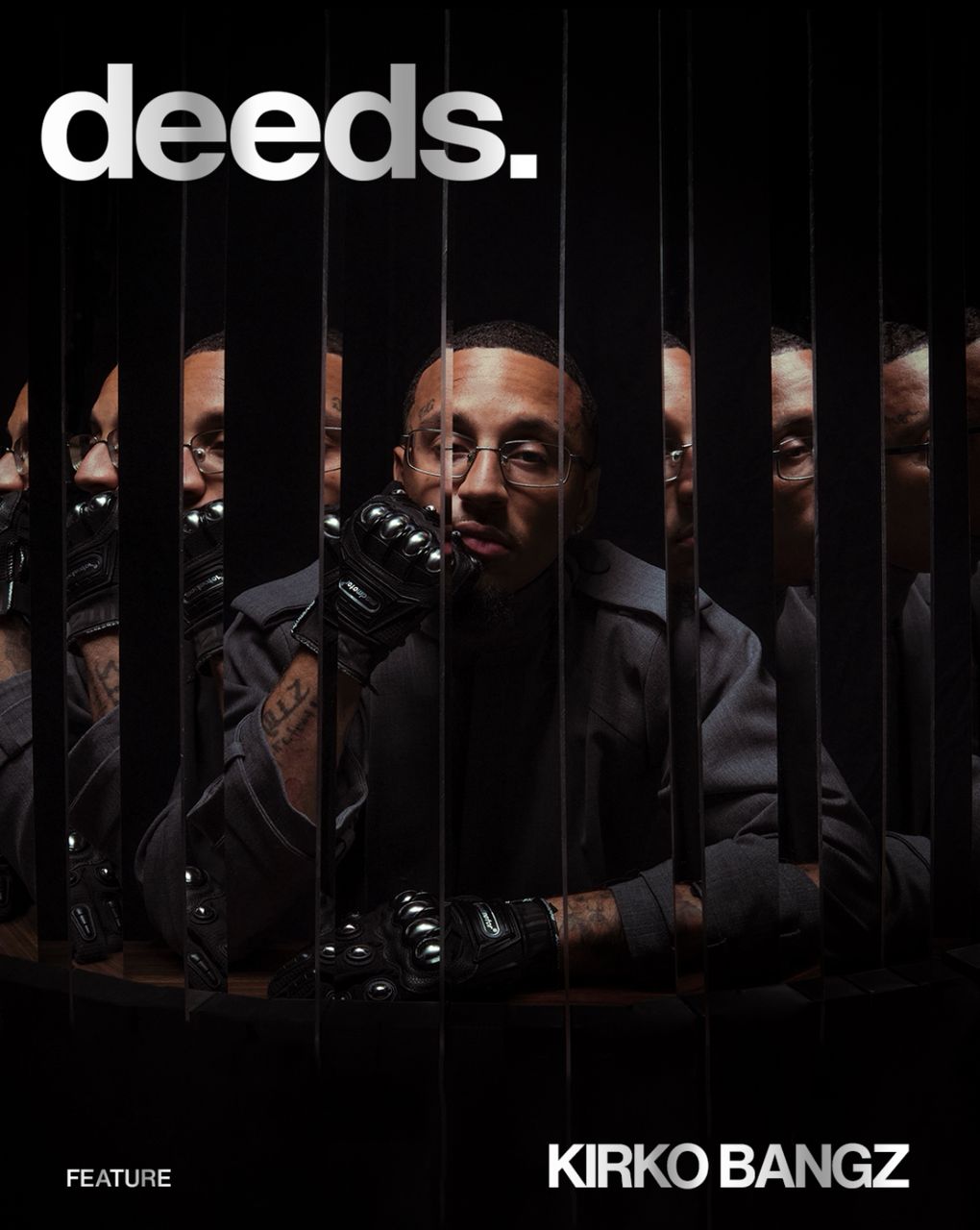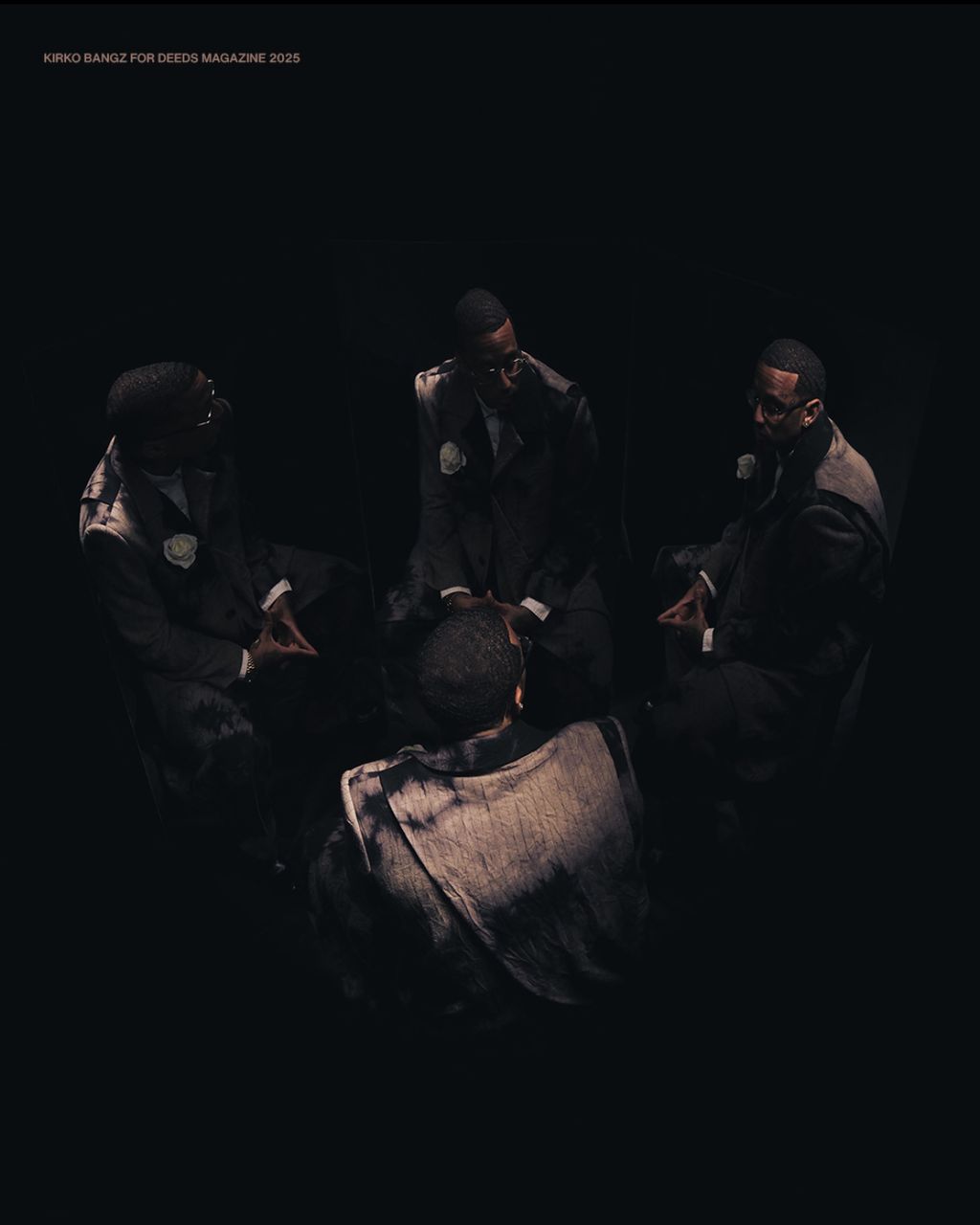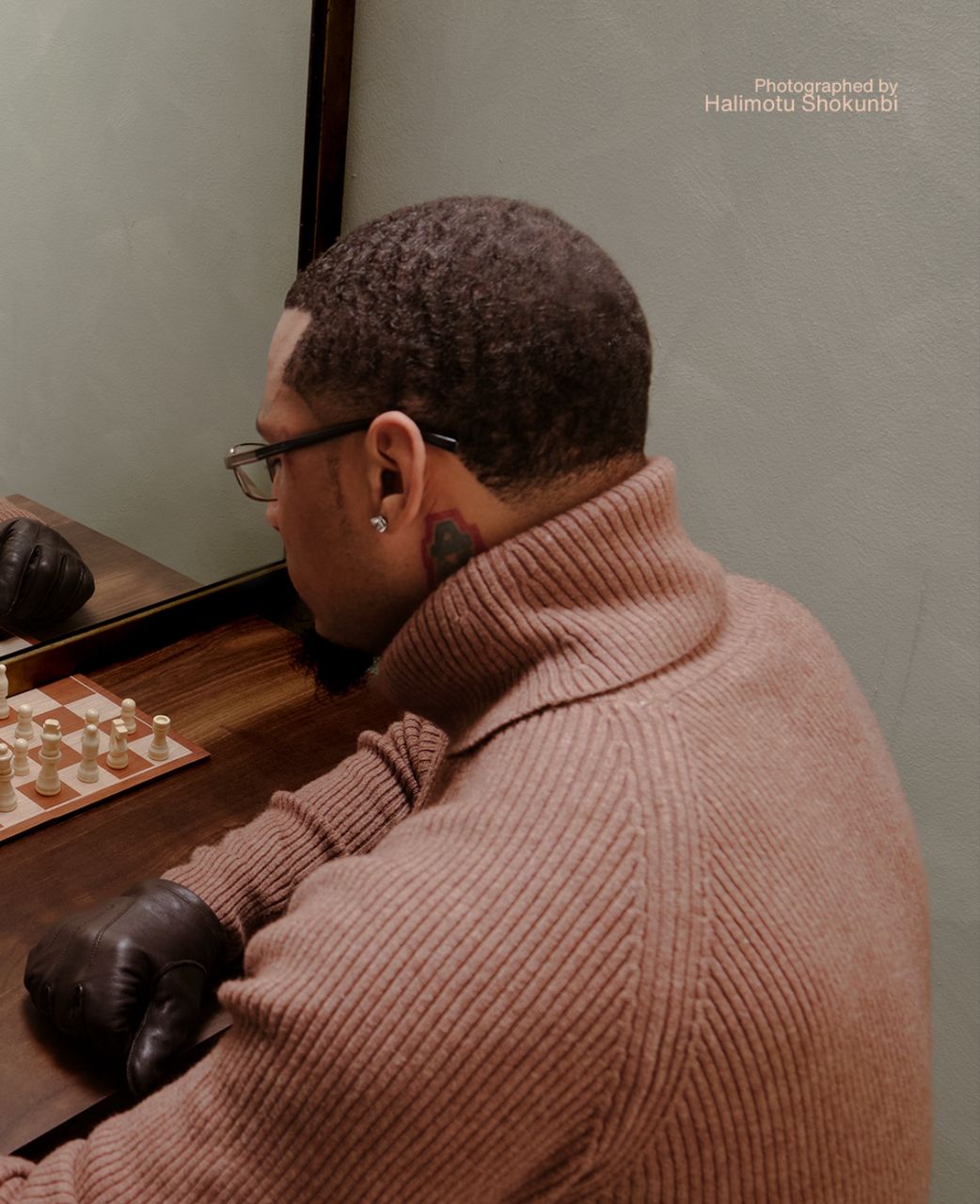
Kirko Bangz is much more than a recording artist; he represents a calculated movement. His signature sound—a melodic, sultry blend of R&B and Hip-Hop—has seen significant refinement, mirroring a powerful personal transformation that has taken place over the last few years. This period of growth has crystallized his perspective, both musically and personally. Deeds Editorial recently captured the Houston native, noting that the evolution of his music has been matched by his style. His aesthetic now radiates a sense of relaxed luxury paired with strong structure. In front of the camera, Bangz was effortless, possessing the same natural command and easy confidence he exhibits behind the microphone.

The most compelling aspect of Kirko Bangz’s current chapter is his newfound clarity. He describes this personal progress in the language of an athlete, using the analogy of a basketball player who can now "see the floor better." He has transitioned into the role of a "floor general," orchestra strategically directing his entire process. This shift stems from a conscious and deliberate decision to confront and change his life. As he matured, his point of view changed, leading him to reassess his daily routine and approach to his goals. The artist acknowledged that he was not living up to his own expectations, leading to a pivotal realization: the struggle was me against me. He chose to radically prioritize himself and his well-being, initiating a difficult but necessary overhaul of his habits and environment to pursue his authentic self.

Process and Purity in the Art For Bangz, his art is irrevocably tied to his reality. His music is fundamentally a form of reportage, a chronicle of his authentic, lived experience. This commitment to honesty is a core tenet of his career and something he vows will never stop. His track, "I'll Make It," embodies this ethos. While he recognizes he has achieved a level of success, the song serves as a powerful reminder—a mantra, even—that the work is perpetual. It underlines the necessity of persistent effort and the acceptance of new challenges on a boundless journey. Crucially, this reportage requires experience. Bangz adheres to a philosophy that he must live extensively before he records. His creative process is therefore cyclical: he gathers life experiences—he lives, learns, and engages—and only then does he step into the studio to translate those moments into his music. He has always maintained his autonomy, staying true to his own lane and resisting the urge to follow musical trends, talking about what he chooses, when he chooses.

The DNA of Houston, his hometown, remains imprinted on his work. While his recent projects may not strictly conform to traditional "Houston culture," they are driven by the city's inherent spirit: the hustler’s mind frame. This ambition is a tribute to the legacy of Texas artists who built their careers from the ground up, selling their music directly to fans in the street. Despite his passion for creation, he holds a starkly critical view of the music business, describing the industry as being run by "terrible people." He speaks frankly about the systemic issues that prevent artists—particularly young, emerging talent—from receiving the financial and professional respect they deserve. This unwavering honesty about the business contrasts sharply with the integrity he brings to his music. To facilitate his new, organized lifestyle, Bangz has made a significant commitment to physical discipline, transitioning to 5 A.M. gym sessions. This dedication is more than just fitness; it is a structural pillar for his productivity. By carving out time early in the day for rigorous exercise and organization, he ensures these necessary routines do not encroach upon the dedicated time he needs for recording and pursuing his artistic goals. Kirko Bangz’s journey is a refreshing testament to genuine character in a music industry often defined by artifice. His deliberate transition from a talented artist to a strategically organized leader offers a hopeful model for the next generation of creatives.

